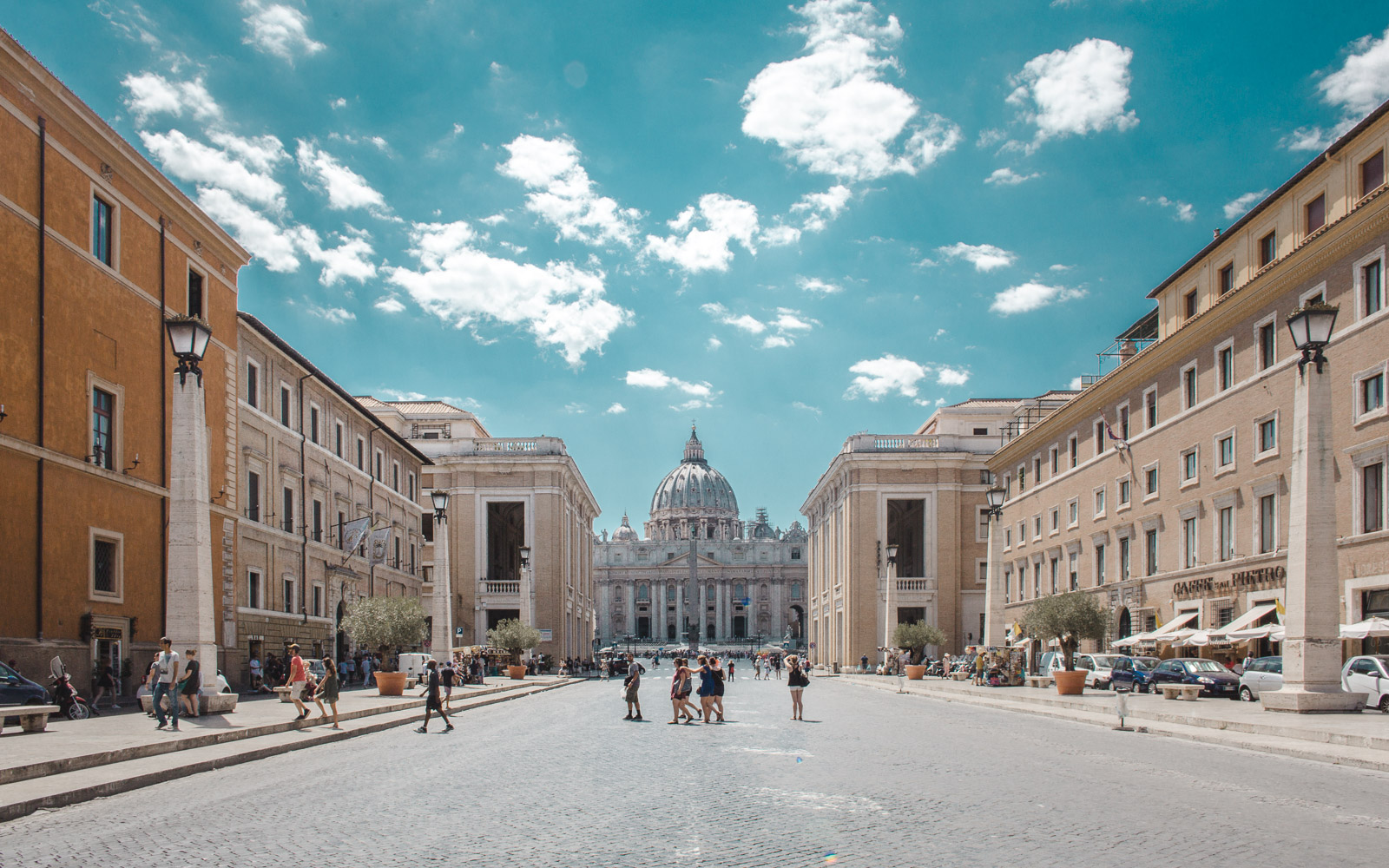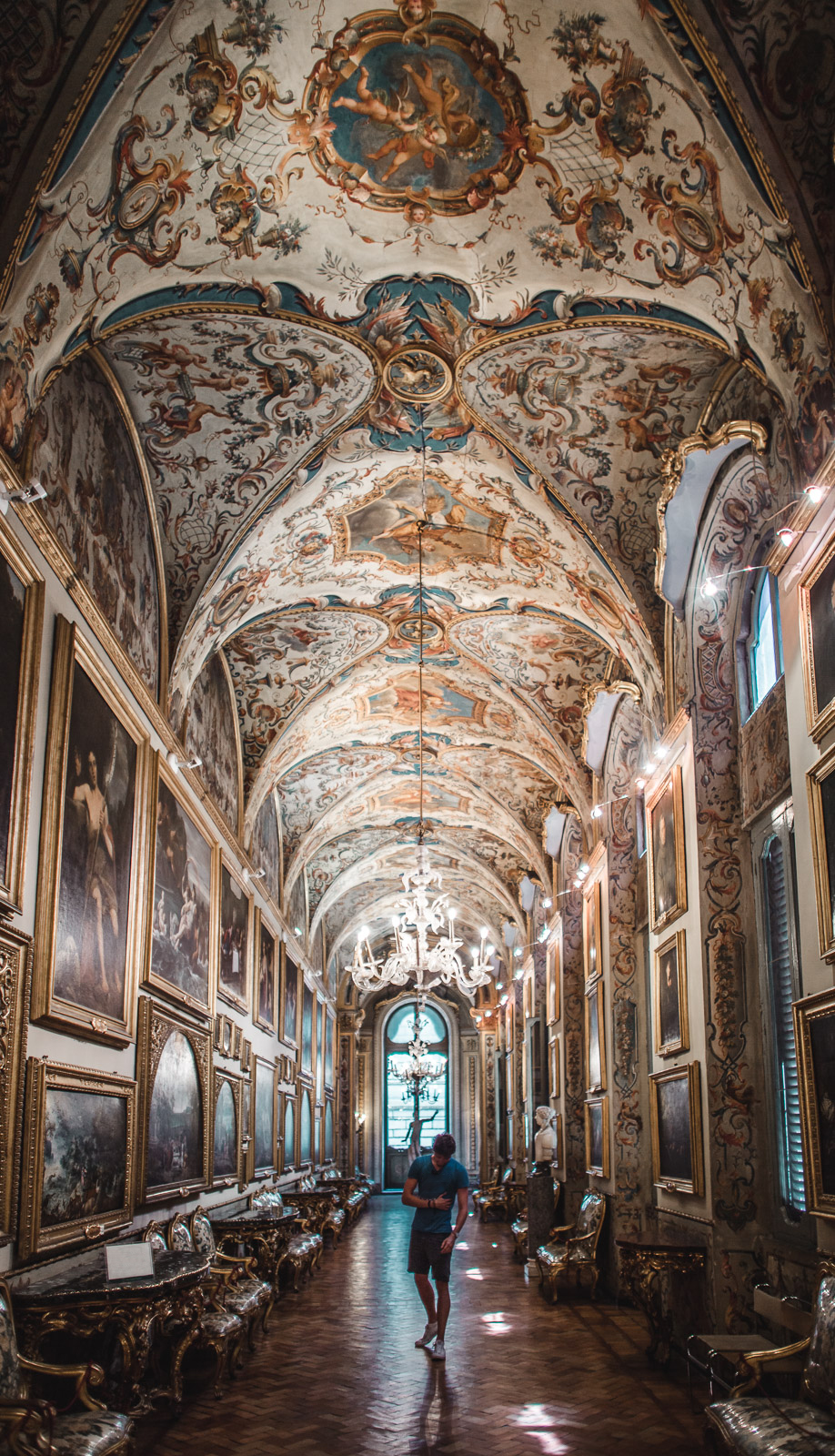They say all roads lead to Rome and that's exactly where we ended up on the last leg of our European adventure. After visiting Greece and France and spending a few days living on a boat, a few hours in the European capital of culture was in order. Last time in Rome I strayed off the beaten path and visited EUR, a site chosen for the 1942 world's fair by Benito Mussolini. This time because of time constraints we decided to explore the city and visit an art gallery that you won't find in many guidebooks. Sometimes it pays to be spontaneous.
SANTORINI // MYKONOS // NICE // ROME
[separator type="thin"]
Caput Mundi
[separator type="thin"]

The Roman Empire, at its height (c. 117 CE), was the most extensive political and social structure in western civilisation. Throughout its history it has given us things such as currency, roads, architectural and political improvements as well as laying the foundations for art booms such as the Italian Renaissance. At the time the city of Rome was the largest city in the world and was confirmed as Caput Mundi, i.e. the capital of the world. Every street feels shrouded in history and it's difficult to comprehend the buzz of the city that saw hundreds of thousands of people take to the streets to drink, socialise and watch the latest gladiator fights.
[separator type="thin"]
Doria Pamphilj Gallery
[separator type="thin"]
In the heart of Rome you will find Palazzo Doria Pamphilj, a palace that houses the private art collection of one of the most noble Italian families the Doria Pamphilj. The gallery is built upon the original family residence dating back to the start of the 16th century and has seen numerous additions and expansions over the last 500 years. Each room in the gallery is meticulously styled by a different artist and reflects their personal and political views at the time. For example 'The Gallery of Mirrors' (below) was designed by Gabriele Valvassori towards 1730. The frescoes on the ceiling are of the Bolognese painter Aureliano Miani and are dated between 1731 and ‘34. The subject, Labours of Hercules, was connected to an imaginative idea of the Pamphilj family tree, which supposedly could be traced back to a nephew of the Greek hero. (SOURCE)
[separator type="thin"]
[separator type="thin"]
[columns_row width="two-thirds-and-third"]
[column]
 [/column]
[/column]
[column]
[/column]
[/columns_row]
Since its completion some real masterpieces have found home in the Doria Pamphilj Gallery. Historic pieces by the young Caravaggio and Guercino decorate the rooms as well as marble sculptures by Alessandro Algardi. Vintage furniture and enormous chandeliers are dotted throughout to fully complete the look and feel of a residence of 16th century nobility. It's easy to forget that Prince Doria Pamphilj and his family still occupy 10 rooms in the palace and as a patron of Italian art it's his voice you can hear on the guidebook should you come for a visit. We found this space completely by chance and considering how close it is to Altar of the Fatherland and the Colosseum there were very few tourists there. If you're a lover of art and history this is a place you don't want to miss.
[separator type="thin"]
Thanks for taking the time to read my latest article. If you wish to support my work please give it a share using the links below or just follow my social channels.
[separator type="thin"]
[separator type="thin"]
If you have a story you wish to share please contact editorial@thestyledivision.com or tag your social posts with #DVSN
[separator type="thin"]




















No comments.